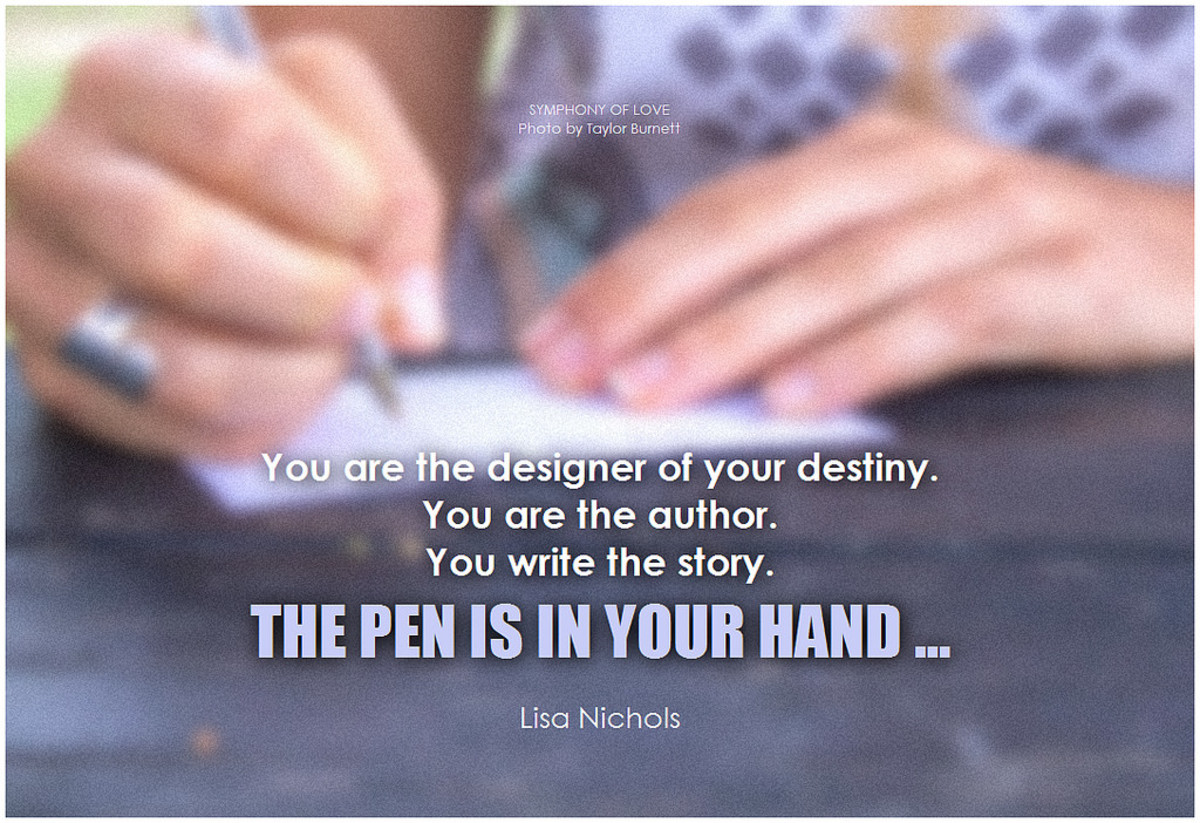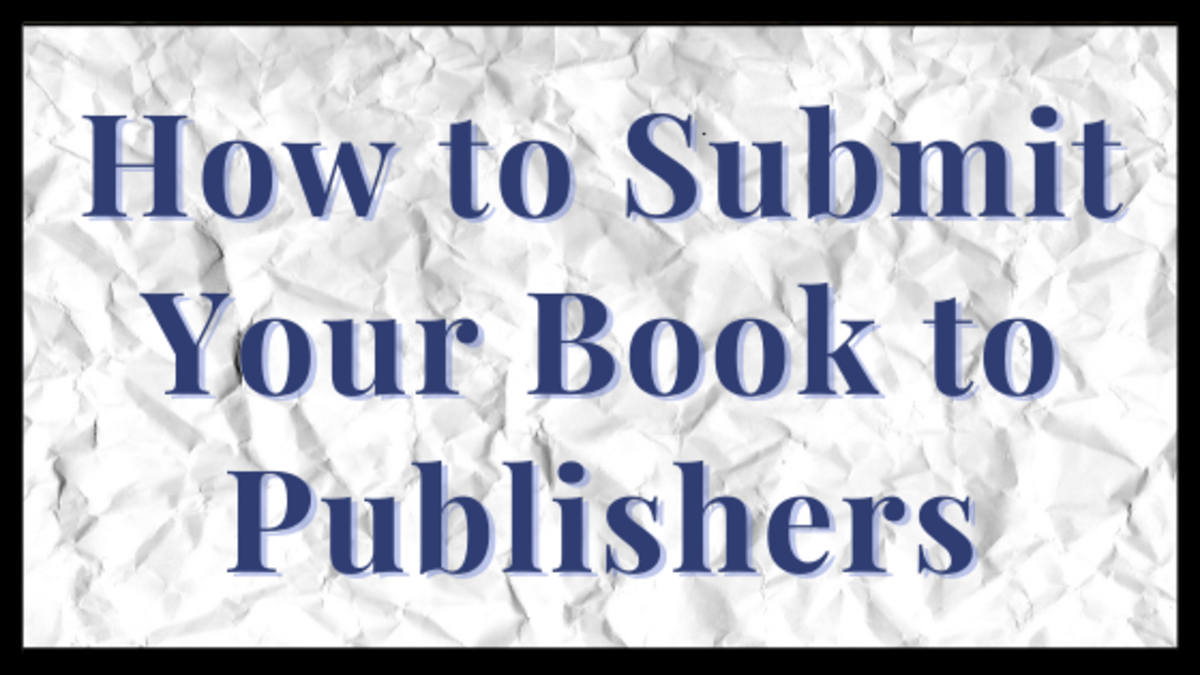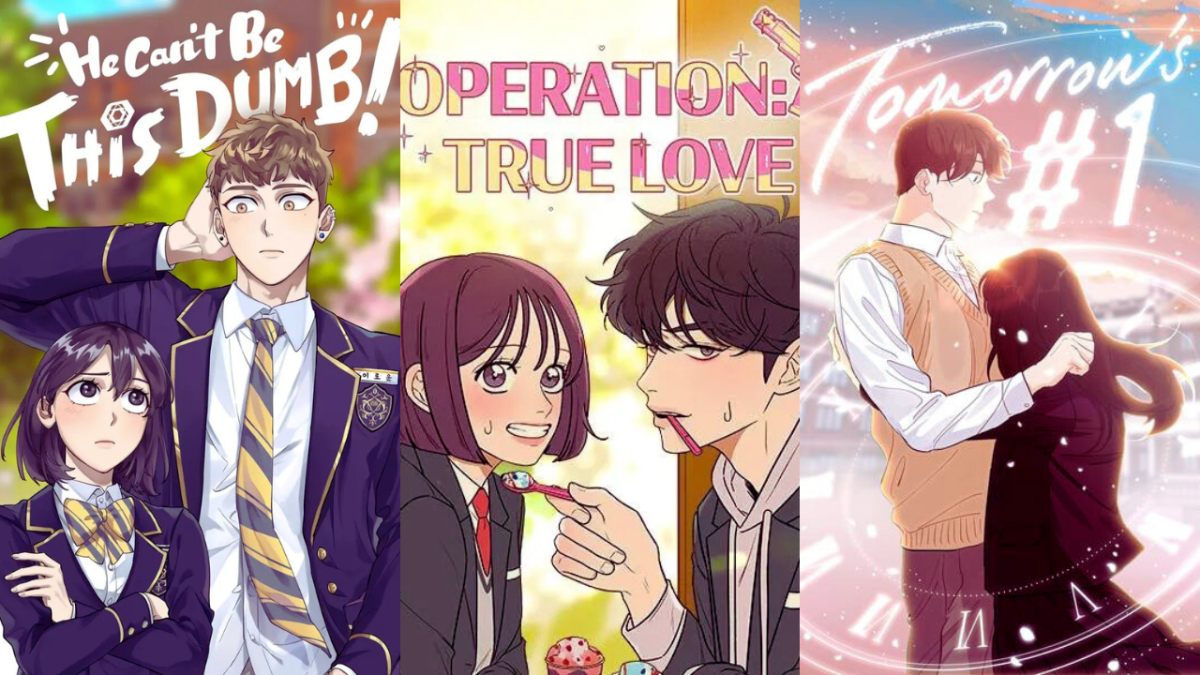Five tips to improve your writing for publication: Notes from a slush pile reader
One would think that being able to read a variety of manuscripts everyday would be a delightful experience. It is...occasionally. More often than not though, you will feel everything from bored, confused, and irritated to down right horrified that anyone would think what they submitted could possibly be publishable. Every once in a while you will find a piece that is well done and polished enough to only need a little bit of help, if that. Unfortunately, those are not the norm. The ones that make me shudder the most are those who say in their bio that they have been published before, or self-published, but when you read the manuscript it is filled with errors. And I don't mean just errors in punctuation, spelling, and grammar; I mean in the story itself. I will explain below.
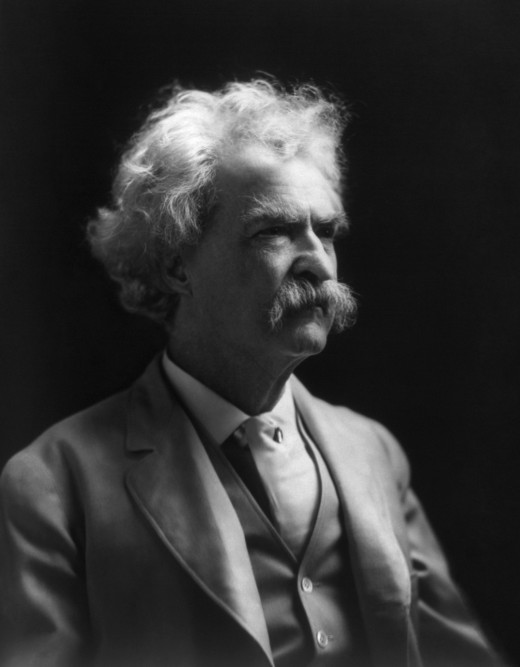
Tip One: You need to have a plot, and it needs to be consistent. So do the characters.
There are very few things more irritating than reading a story and enjoying the way it is progressing and then BAM! The characters have changed direction completely and it has absolutely nothing to with the beginning of the story that you just read. It's even worse when even the descriptions and personalities of the characters have changed. When you start changing the rules of the world midstream as well, it just becomes a pile of mush. You have not only alienated and irritated the reader, but you have shown yourself as not being professional enough to have read your own manuscript before you sent it in. It is not okay to have Al “short for Alexandra” be a buxom, blue-eyed blonde with a sharp wit and take-no-prisoners attitude for half the story and then POOF she's a black haired, green-eyed waif that has a meltdown of epic proportions at every little thing and the backbone of a jellyfish. Add to that a drastic change of conflict that was never before mentioned, or even hinted at, and the characters jumping to a setting leagues removed from the one in the previous paragraph and you have a major problem. This is an extreme example, but it is something I have seen before. Most of the time it's just the problem of a side plot suddenly become the main plot of the story and it never being edited before submission to be consistent throughout. Or of the story switching from side plot to side plot at random points so the story never even has a main one. Without a plot of some kind your story isn't going to move forward. Which brings me to the next point...
Short Checklist for Editing
-
Plot: What is is, is it consistent throughout, and can I sum it up in one sentence?
-
Characters: Are the important ones introduced or hinted at early in the story, do they grow, and are they consistent throughout the story?
-
Pace: Is there anything bogging down the story or does it flow fast and smooth keeping the readers attention?
-
Are the
elements of the story balanced?
-
Are all loose ends tied up by the end of the book, even if it is a series, so the book ends? Has anything been left unanswered?
-
Is the POV consistent throughout?
-
Are there any other issues that would make someone who knows nothing but what is printed here quit reading?
-
Is it believable?
-
Is the dialogue consistent for each character, true to the character, and give them a voice of their own so they are distinguishable from all other characters?
Note: It is helpful to take notes in a separate document or notebook as you are reading it so you know where the issues are and then go back and fix them after you have gone all the way through.
Tip Two: Your story must move, and not like molasses in January either.
If you want your story to move beyond a slush pile and make to an editor, let alone be printed, it has to move. One of the major things that drags the pace down to the point a slug moves faster is detail or backstory that is not necessary. This is especially important at the beginning. If you don't hook your audience, they will not keep reading and you probably didn't put so much work into the story to have it not be read. Cutting is not something that comes easy to most writers, but it is absolutely necessary to tighten your story and keep people hanging on every word and wanting to read more. If it doesn't move the story, it doesn't need to be there. I recently ready 92 pages (the prologue and first 3 chapters) of a manuscript that I could have cut about ¾ of it out because didn't move the story along, it just made it boring because nothing was happening. I've read history textbooks that were more interesting. Not a good thing to have when you are trying to get published. This also happens when you tell the reader what is going on instead of showing them. A few descriptive words that show what is going on are better than five pages of being told every minute detail. Readers are not idiots, let them use their imagination. If you treat them like idiots that need to be spoon fed every drop of information you won't have them as readers for long. This also applies to the scenery and the background of the characters as well. “Jinny hides under the dining room table. She has been terrified of storms her entire life and this one is fierce,” is rather bland and won't catch your audience. If we change it to: “BOOM! Jinny gave a strangled scream. Diving under the table, she curled into a whimpering ball as the storm tried to rip the house apart. This can't be happening again, she thinks curling into a tighter ball,” the reader can see and feel her fear of storms and how bad the storm is.

Tip Three: Who is this person? Introduce important characters at the beginning.
Even if they don't make an appearance until later, all the important characters should be introduced in some way in the beginning. You don't have to name them, you can just hint at them, but they need to show up early. If you are continuously introducing characters you readers will get confused, or just disgusted, and quit reading. You also don't want to suddenly have the main villain just appear out of thin air at the end and be something that has little to nothing to do with the rest of the story. The main villain, even if the main “good guy” doesn't meet him (or her) until the end, needs to have some type of presence throughout the book. He also needs to make your audience wonder how your main character is going to manage to beat him. If the main bad guy is easily beaten, especially if previous ones were not, you are going to have a very disappointed audience who may decide that they will never read anything by you again.
Tip Four: I already read that in the last paragraph...and chapter...and two chapters ago. Do not continuously repeat the same information.
As I mentioned above, and it bears repeating because it happens so often, treating your readers like idiots is a sure way to lose them. Another way this happens is repetition of the same information over and over again. If you tell them something once, you shouldn't tell it to them again through dialogue or any other medium. Once is enough. One way this happens is when you show it happening through action and then (sometimes chapters later) repeat it again in dialogue between the characters that were involved in the action. The biggest problems come in when you have a whole chapter devoted to something that happened three chapters previously that took one paragraph to depict. This is completely unnecessary and will just irritate whoever is reading your story. This can occasionally happen when you are revising your story so you need to reread the entire thing before you give it to anyone to read after such edits. Which brings me to the final tip.
When you are done...
One thing that can be very helpful once you are done writing, and before you submit your manuscript to a publisher, is to find someone that is already published or has worked in the publishing field to read your work for free and give you feedback. Writers groups may or may not work for this. You want someone who will ask you questions about the story that you may not have thought of or point out problems that you may have missed. Getting only positive feedback won't help your writing improve. Having someone that will tear it apart (constructively) and point out what is wrong or doesn't work so you can fix it will improve it.
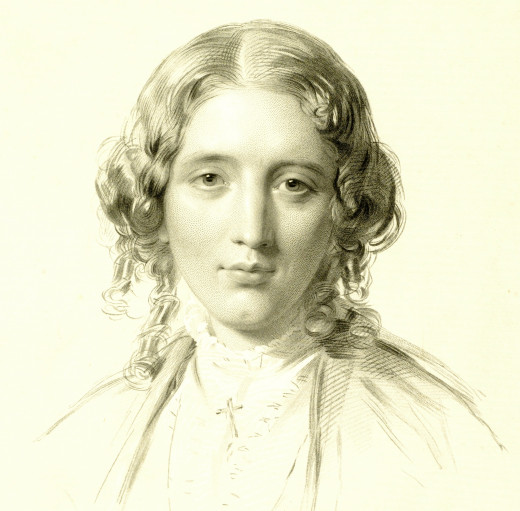
Tip Five: What in the world is going on is this story? Make sure when you edit that you edit the whole story not just chapters.
One thing that we see time and again is someone polishing the first few chapters but doing nothing with the rest of the story. If your story falls apart anywhere, but especially in the first half, it is not ready for publication and if you submit it in such a form it most likely won't make it past the slush pile readers. They are your first hurdle in the publication process. Even if they think the story could be good, they will have to recommend rejection of it if there are huge problems with it. Having things happen halfway through the story that have no mention in the beginning is a big problem. You can't have things, or people, just appear out of thin air. Readers can only suspend belief so far. You also can't have one part POV (point of view) where the characters are a certain way and then half way through change the POV to someone else and have the characters change. You can switch between POVs if you start doing so at the beginning, but you have to stay consistent all the way through to the end. If you don't stay consistent your story will start looking like a Frankenstein with various pieces patched together here and there that just don't match. When you edit and remove a scene, make sure you change everything throughout the book that has anything to do with that scene. Read the whole thing when you are done to make sure you didn't miss anything and that it makes sense as a whole. Sometimes when editing you might remove something and then think you put it back, or got everything fixed, only to read it and realize that you either forgot something or that two chapters down the road there is a scene that no longer makes any sense. Sometimes it's as simple as just a bit of dialogue that is referencing what you took out. Others, however, can be whole chapters that you will have to rewrite or cut because they no longer make any sense after removing the previous information. I have lost track of how many times I have read, or heard others rant about reading, a manuscript that was interesting and polished for the first three to ten chapters and then it reads like a first draft with huge holes and other problems for the rest of the story. That is a huge let down. I have had a friend, who is a fellow slush pile reader, rant to me for over half an hour on this one topic because she has seen it happen so many times and was just fed up with it. The authors probably would have cried if she had been talking to them, she shredded it that badly. Every point she made was valid and needed to be fixed. Both publishers and authors are in the business to make money. That won't happen if the story isn't already polished and all major issues fixed before it is sent to a publisher. It's a lot of work but making sure the whole thing is polished before submitting it will save you a lot of time, frustration, and disappointment in the long run. When it's accepted by a publisher you will probably still have to fix things, but they normally don't have the time to fix a story chapter by chapter. They expect anything submitted to them will be past that stage and only need a minor amount of help before it can be published. One thing you can try is looking at it like it is someone else's story. It's easier to see and fix problems with another person's writing than with your own.


